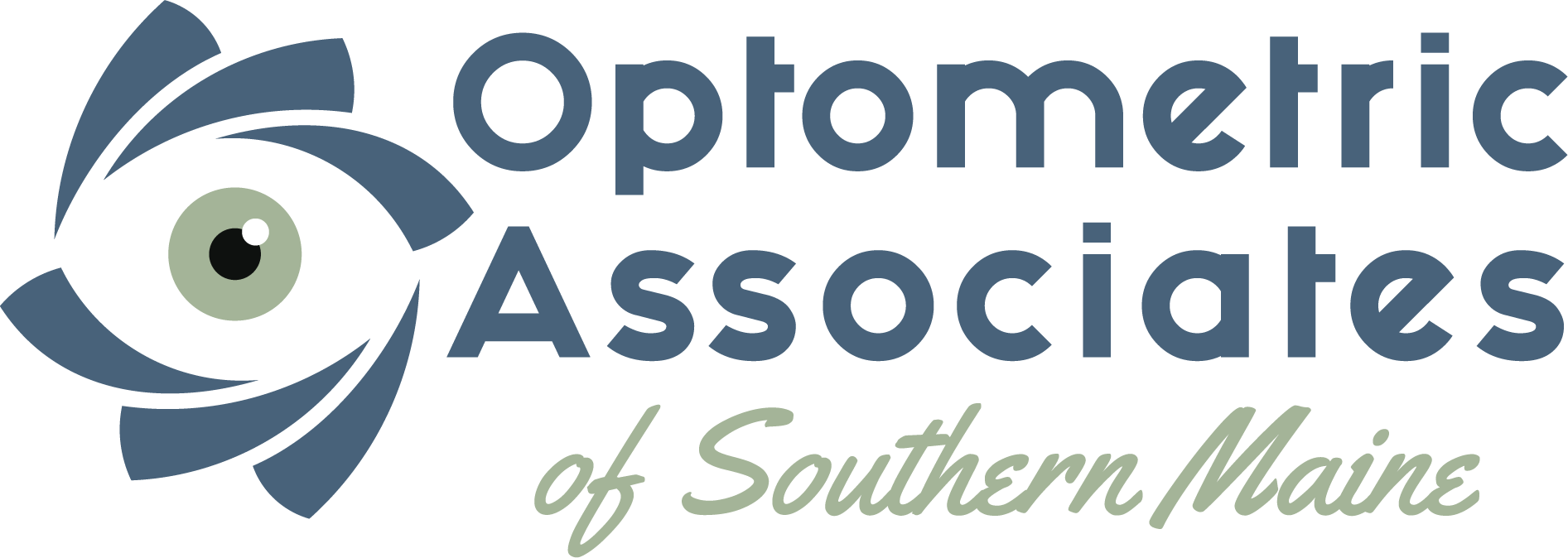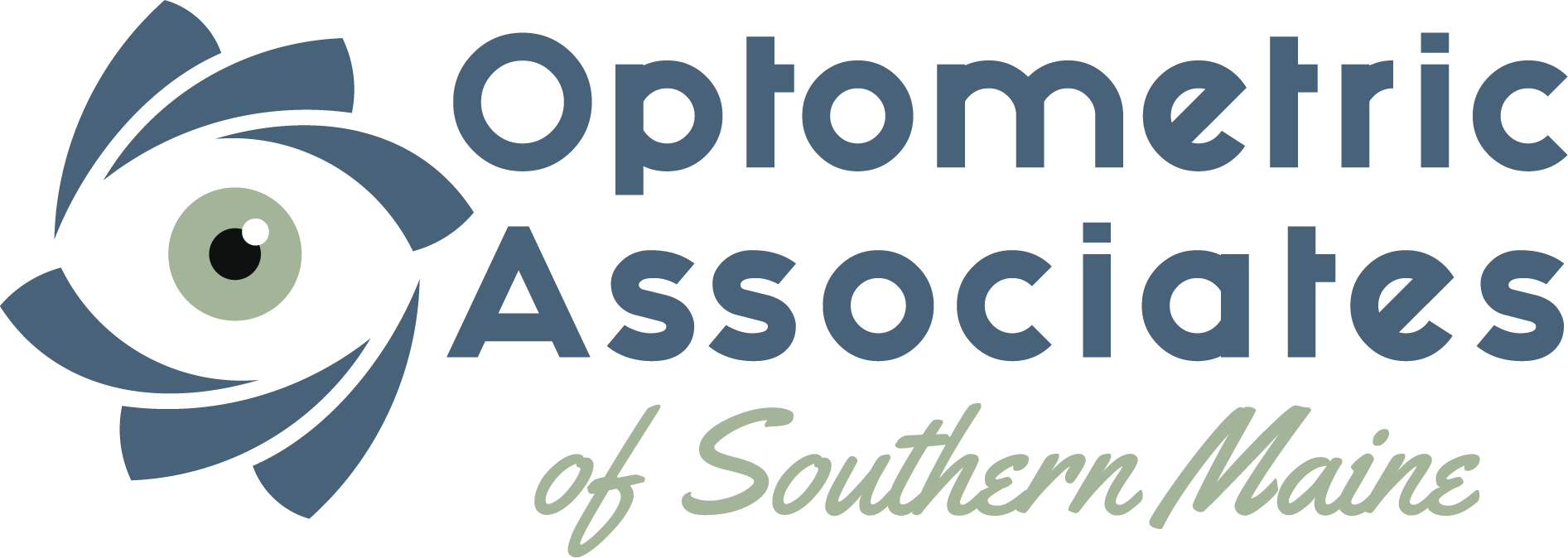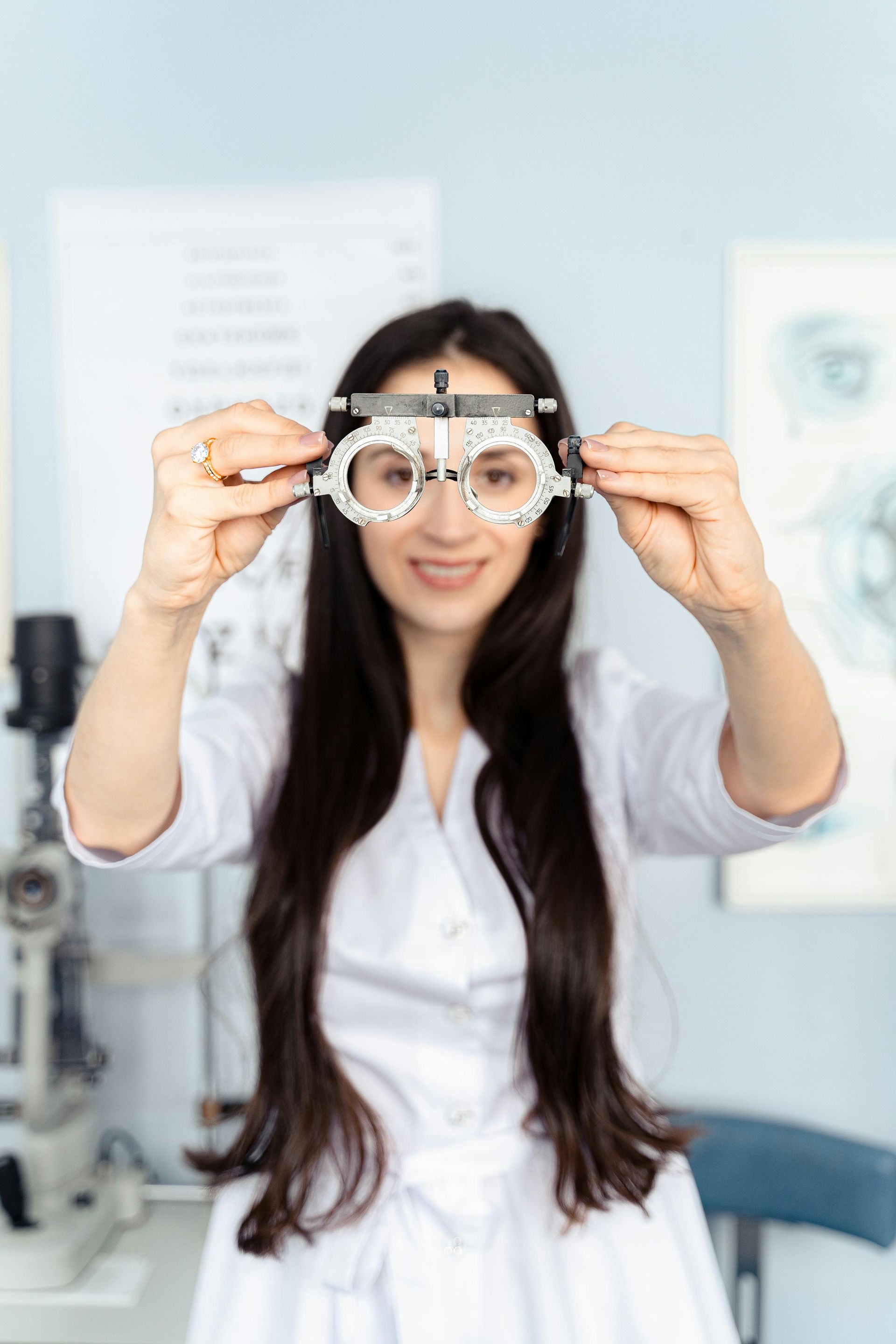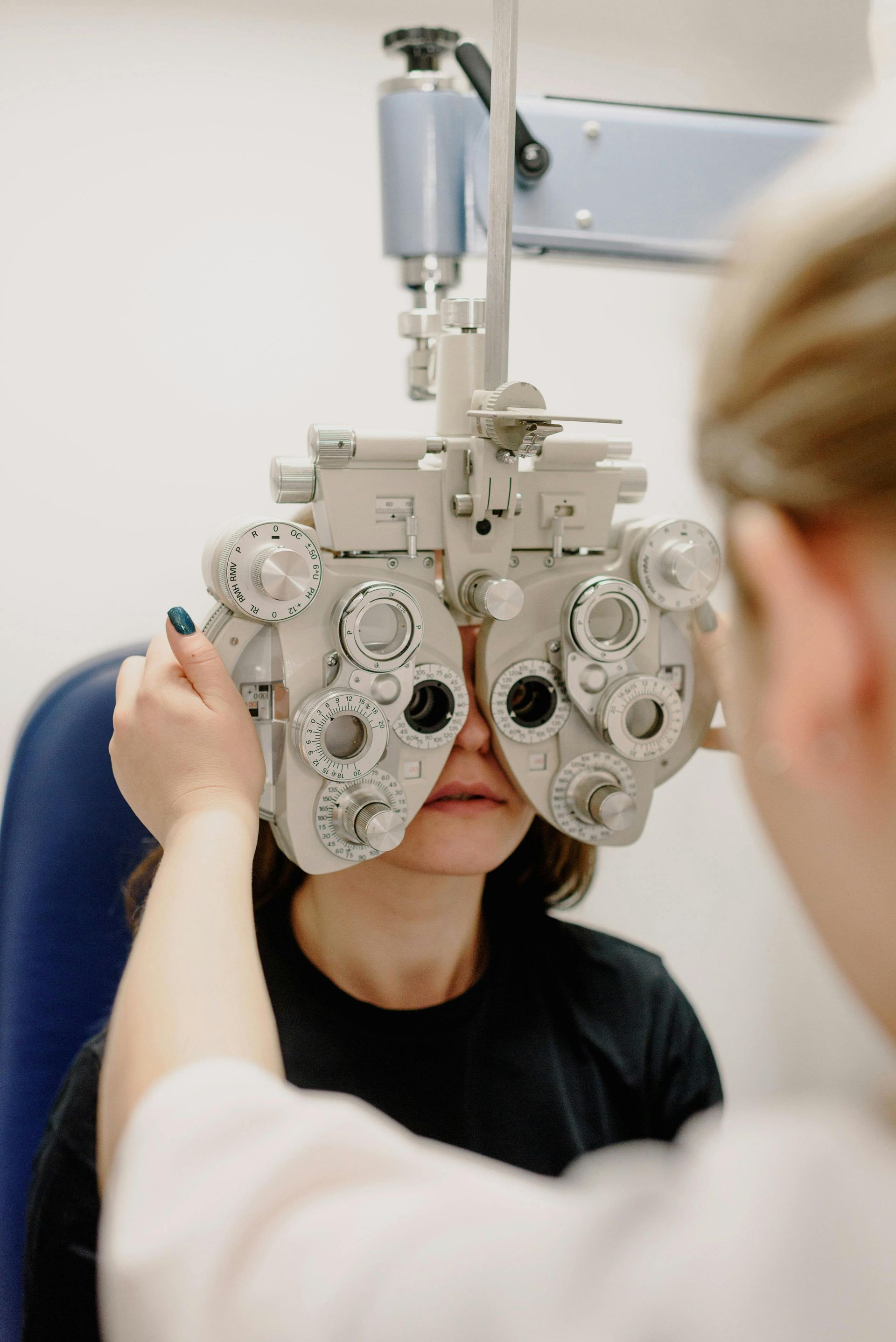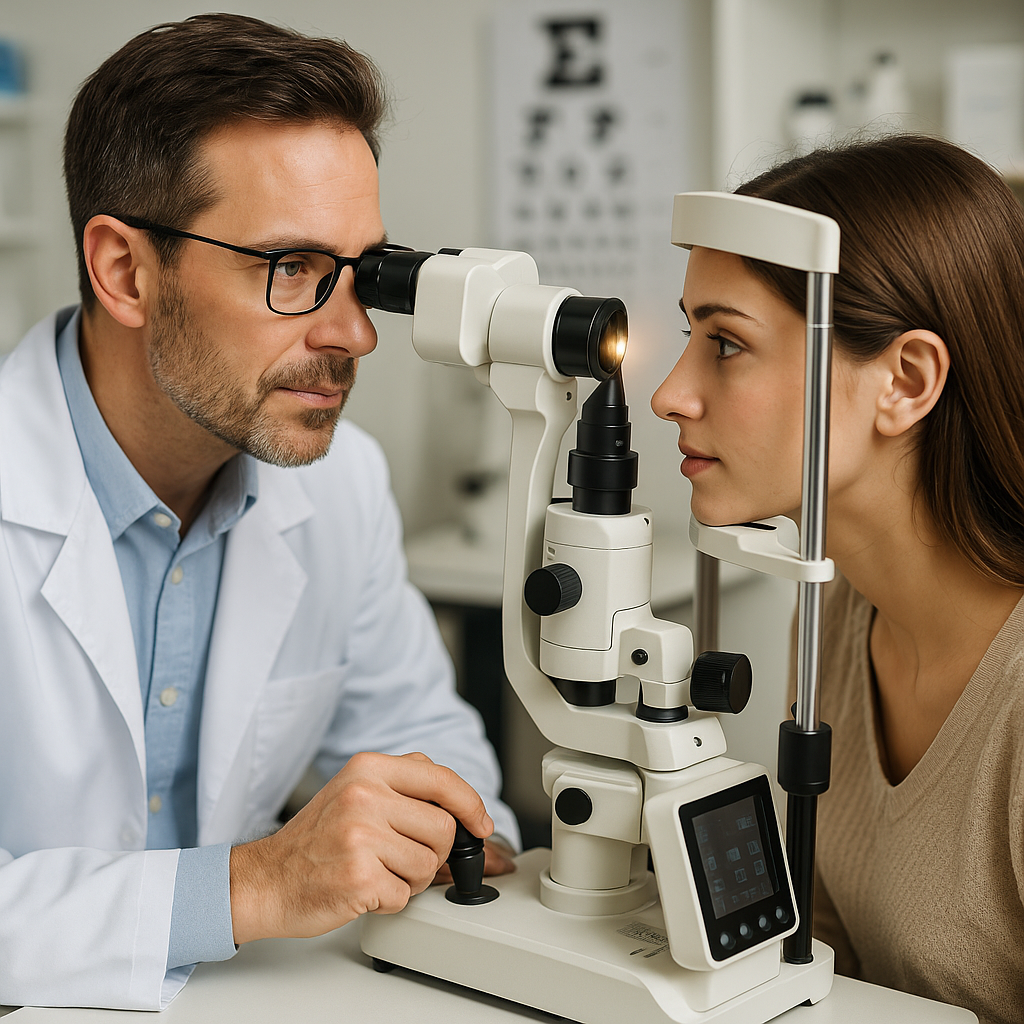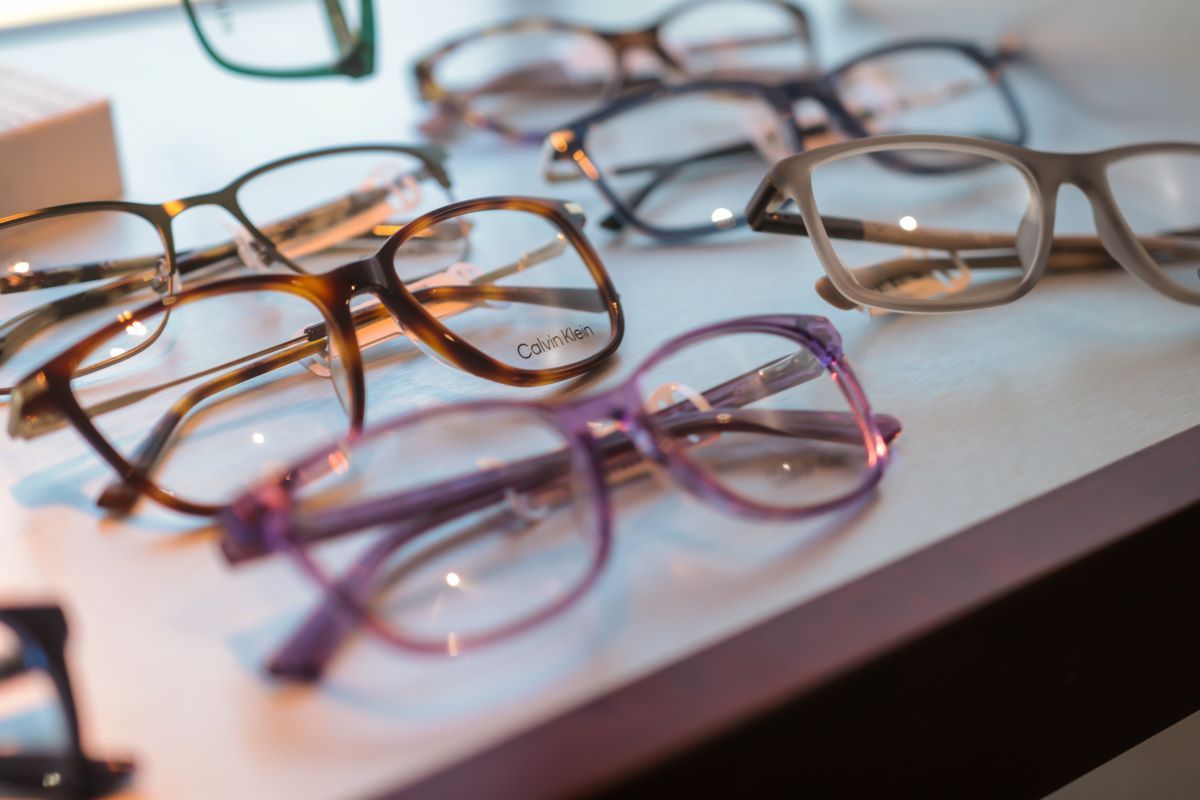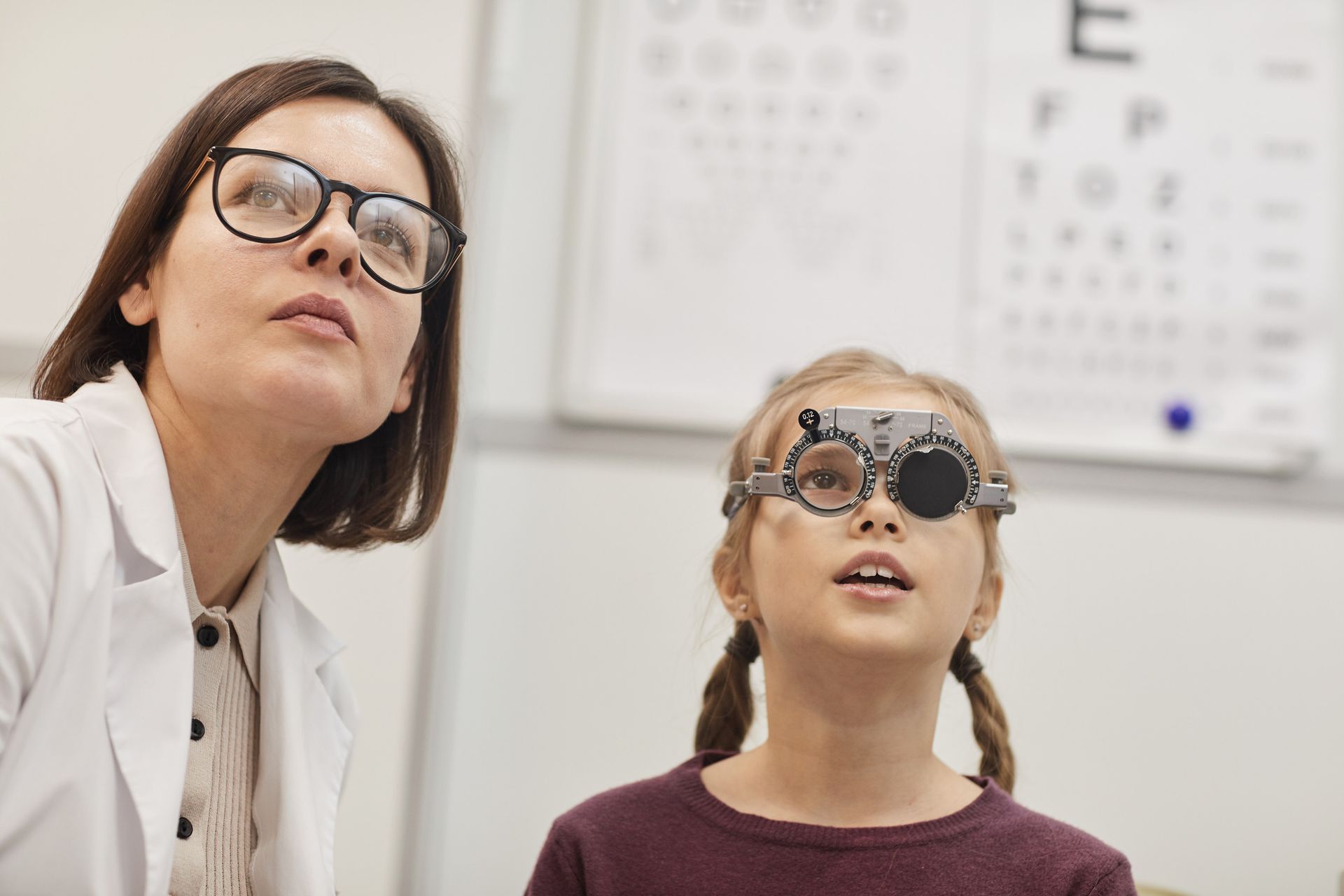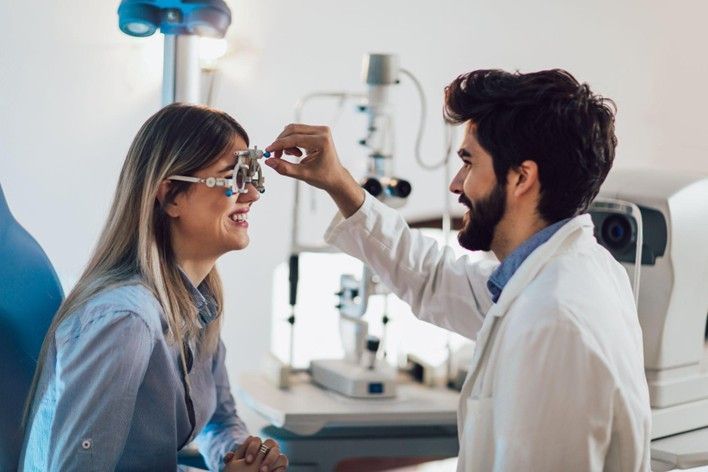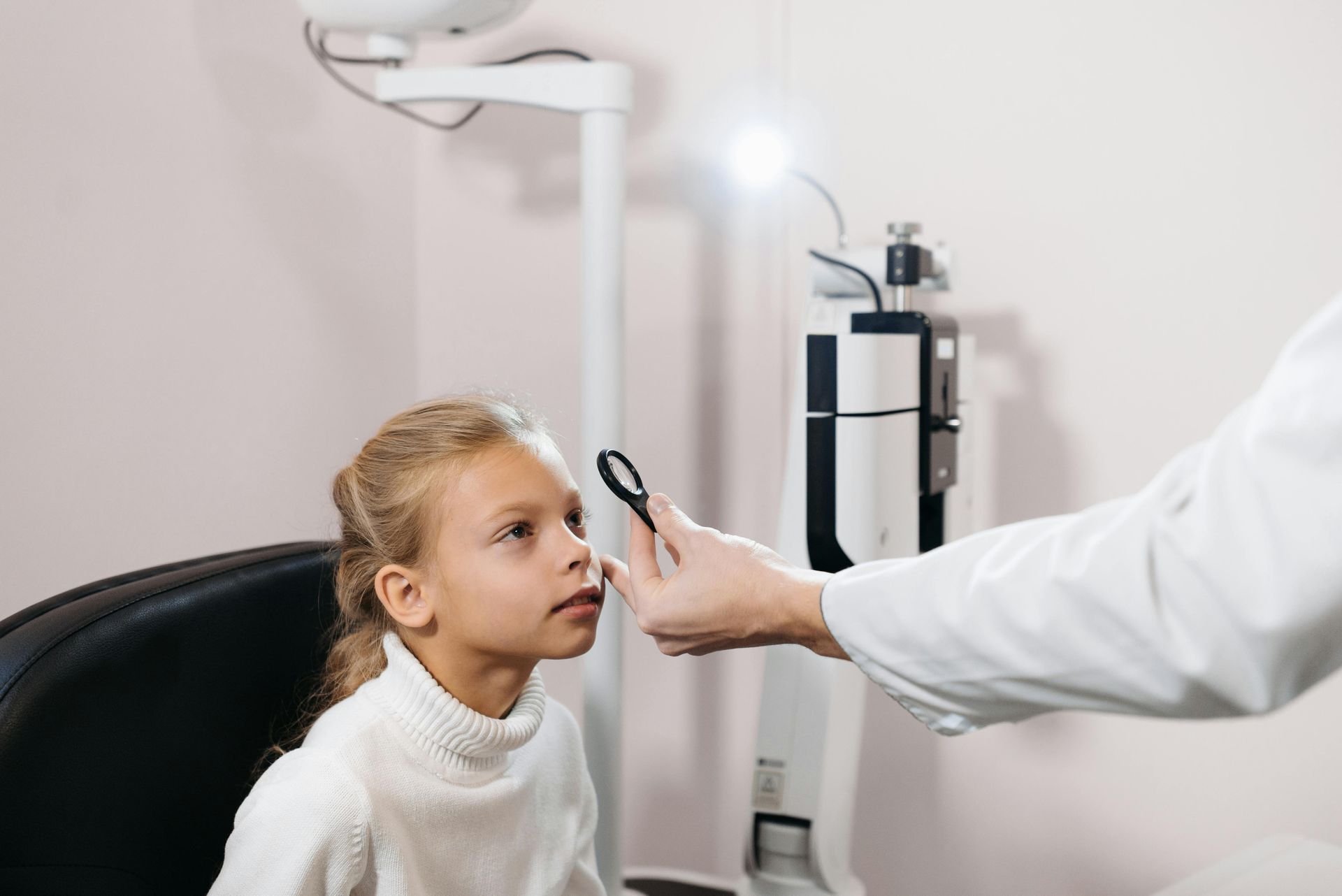Eye Tests for Allergies: Diagnosis and Management

Allergy-Related Eye Issues: Testing and Treatment
Allergies, especially allergic conjunctivitis, are a common eye problem affecting 40% of people today. However, not everyone seeks medical assistance. Pollen, dust mites, pet dander, or certain foods can lead to this condition. It usually shows up with red eyes, itching, lots of tears, and a gritty feeling in your eyes. The symptoms won't hurt you, but they can annoy you. If you are experiencing this, the first thing to do is get an eye test. Read more to learn how eye tests are crucial in diagnosing and managing eye allergies.
Understanding Allergic Reactions in the Eyes
An allergic reaction occurs when the immune system overreacts to an allergen. In response to these allergens, the body triggers an immune response, resulting in various symptoms. In the case of eye allergies, common allergens include pollen, dust mites, pet dander, and certain foods.
Eye allergy symptoms can range from mild to severe, encompassing:
● Itchy or watery eyes
● Redness in the eyes
● Swelling around the eyes
● Sensitivity to light
● A burning or gritty sensation
● Excessive tearing
● Eye discharge
These symptoms can significantly impact a person's quality of life, interfering with daily activities such as reading, driving, or working on a computer.
The Role of Eye Tests in Diagnosing Allergic Reactions
Are you experiencing persistent eye symptoms? In that case, consulting with an eye care specialist for a complete evaluation and a personalized treatment plan is crucial. By addressing the root causes and managing symptoms effectively, individuals can enjoy clear and comfortable vision, even during allergy season.
Here are the essential eye tests used to diagnose allergic reactions:
Visual Examination
You should approach an ophthalmologist if you have any eye allergy symptoms. The usual first step is a close look at the eyes. During this check, they carefully examine the eyes to spot any redness, swelling, discharge, or unusual things. They will refer you to a professional ophthalmologist if they suspect an allergic reaction.
Allergy Testing
Allergy testing is pivotal in identifying the specific allergens responsible for the reaction. Skin prick tests and blood tests can pinpoint the allergens causing eye allergies. Knowing the precise allergen can enable patients to avoid triggers and develop a personalized treatment plan.
Tear Film Evaluation
A tear film evaluation assesses the quality and quantity of tears the eyes produce. Allergies can disrupt the tear film, leading to dryness and discomfort. Tear film testing helps determine if tear production is adequate and if any underlying issues contribute to dry eyes.
Slit Lamp Examination
An examination with a slit lamp involves examining the eye's structures under a specialized microscope. This examination allows the optometrist or ophthalmologist to closely examine the cornea, conjunctiva, and other parts of the eye. It reveals signs of allergic conjunctivitis, such as conjunctival swelling and tiny bumps called papillae.
Managing Allergic Eye Reactions
Effectively managing eye allergies entails a multifaceted approach to alleviate discomfort and minimize symptoms. It begins with identifying and avoiding pollen, dust mites, or pet dander. In addition to keeping windows closed during pollen seasons or using allergen-proof bedding, oral antihistamines can relieve itching and inflammation.
Lubricating eye drops or artificial tears can help soothe dryness and irritation, while cold compresses can reduce eye swelling and itching. Combining these approaches allows individuals to effectively manage their eye allergies and enjoy clearer, more comfortable vision.
At Optometric Associates of Southern Maine, our dedicated team of optometrists specializes in testing eye allergies and other harmful eye issues. Schedule your eye test today, as your eyes deserve the best care!
